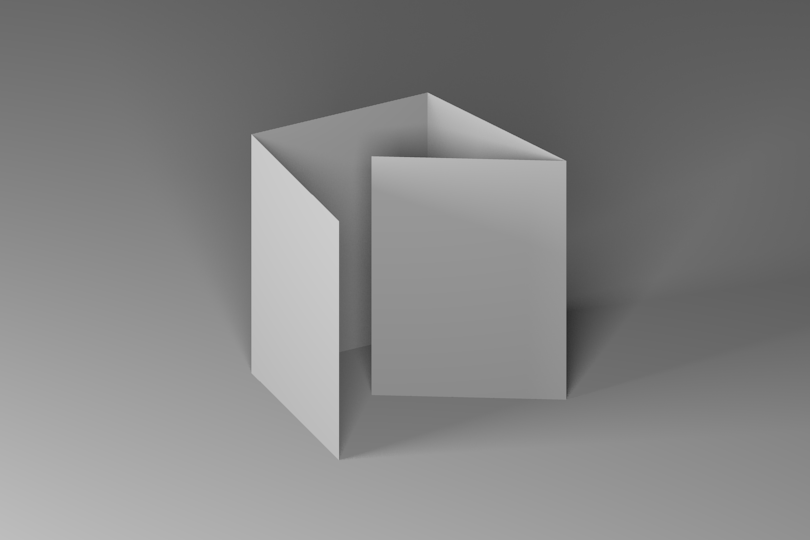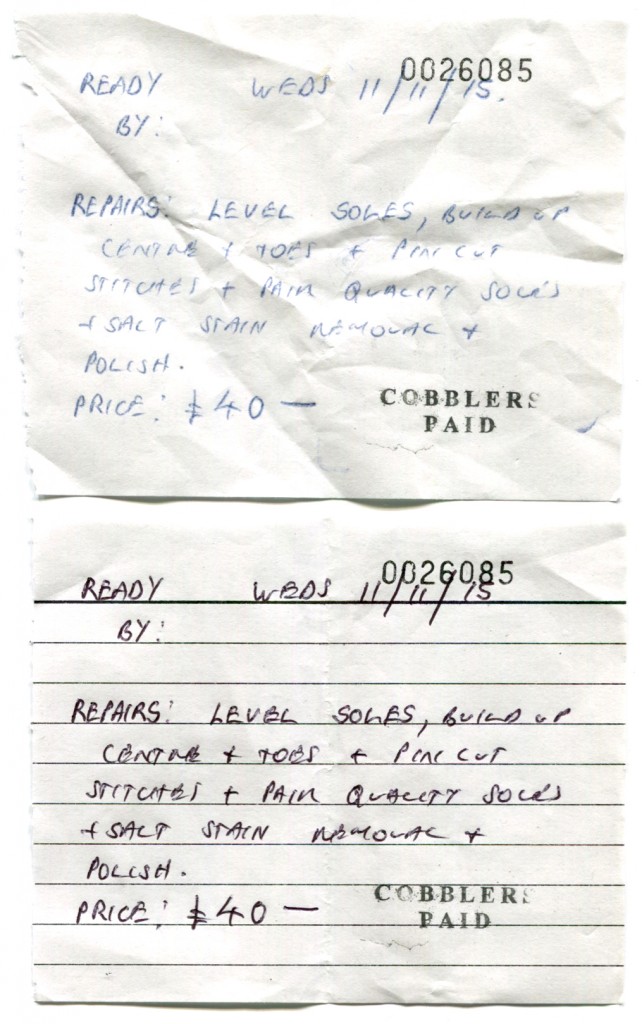Published
Making tamales
Though it’s become a lot easier to find good Mexican food in London since I moved here in 2010, it’s still pretty hard to find tamales. I was in the mood for them over the weekend so tried making them for the first time.
Edit 14.05.16 — I’ve changed my mind, I’m not really that pleased with how these turned out. They’re too dry, and I definitely didn’t fill them with enough cheese. Also, I don’t know where the heck Sainsbury’s gets their jalapeños from but they were just about the hottest ones I’ve ever had! I think that the main issue was the fine cornmeal, so will definitely wait until I find some masa before making these again. I’ve found a good way of eating too-dry tamales though; they’re really good reheated in the oven with a spicy tomato sauce and plenty of cheese (kind of like enchiladas).
Edit 30.10.18 — A shop in Brixton Village sells masa and corn husks!!! I think it was Faiz Latin & Carribean (corner of 1st and 5th). Time for tamales v2.0.

